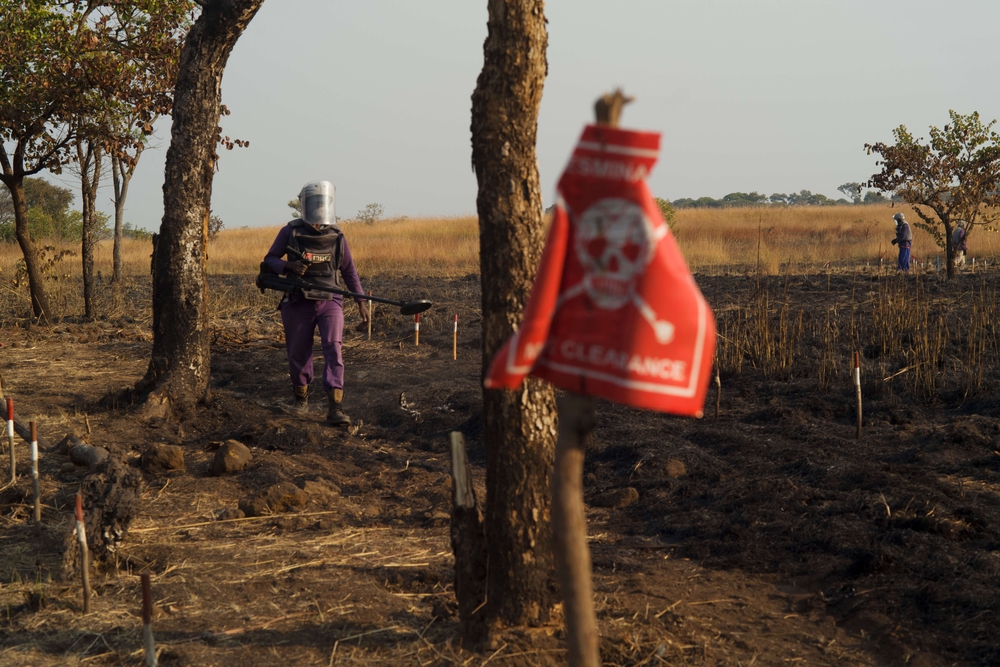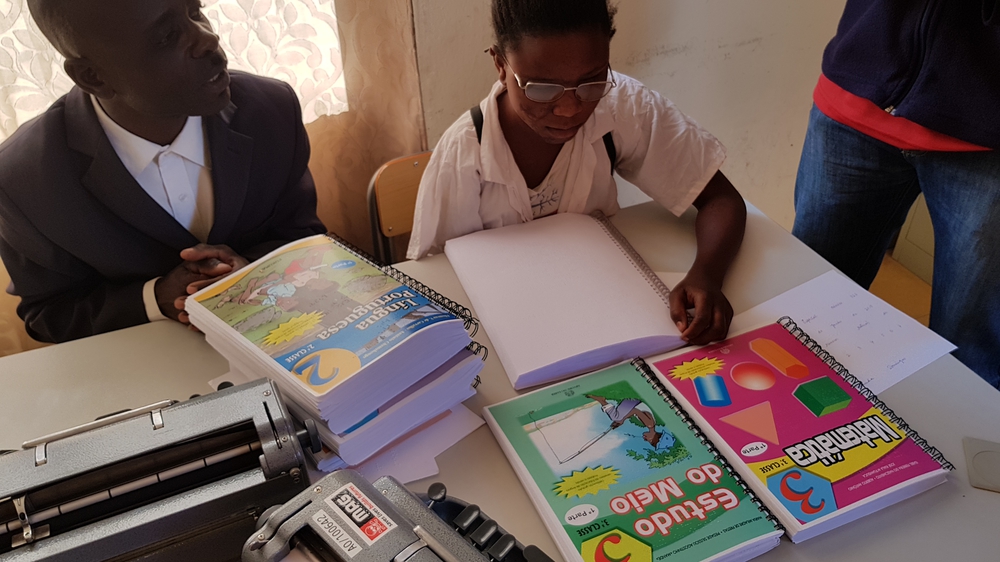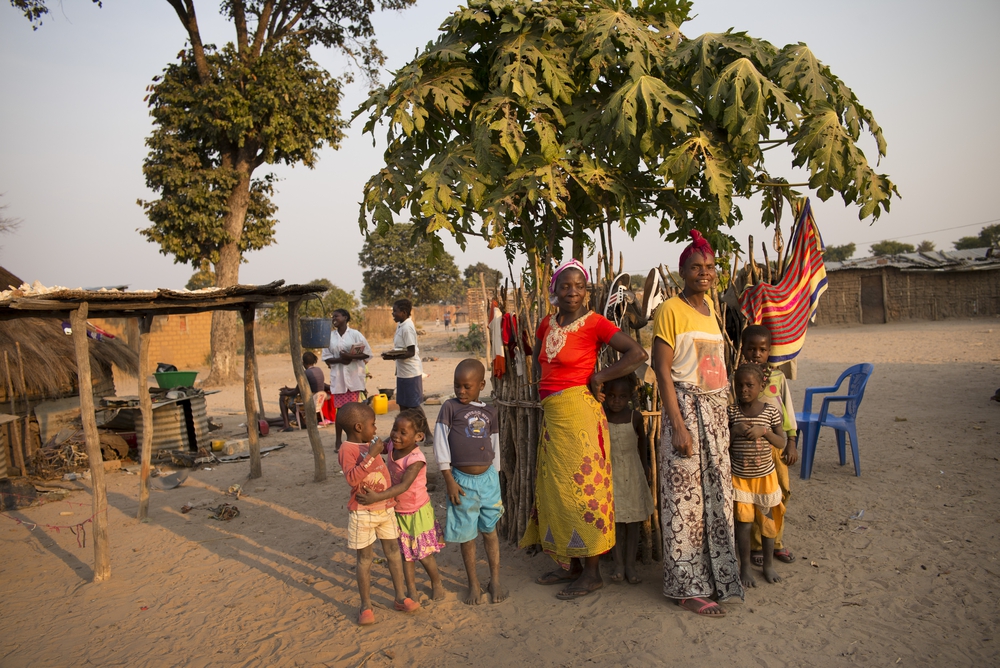Decades ago Angola was an agricultural breadbasket – self-sufficient in all major food crops and exporting many others. More than a million landmines have contributed to a legacy of war which has left rural communities decimated, fearful and unable to make use of Angola’s natural gifts to produce food and income to thrive.
Food insecurity is a growing concern – last year there was a 2.5 million tonne shortfall in maize – and nearly a third of children are stunted largely as a result of poor nutrition. The primary aim for many families in rural Angola is simply to farm enough on small parcels of land to subsist and the prospect of growing diverse, valuable surplus produce is a distant one.

The impact of landmines on this dire situation is not just the fear that a hoe or a child’s footstep may trigger a detonation it is much more wide ranging than that. Contamination is often focused on rivers and roads preventing access to water and markets – essential for any agricultural economy.
The humanitarian impact of contamination is measured too in the numbers of Angolans who remain displaced or the 88,000 people living with disabilities as a result of landmine injuries.
I was in Angola recently and the sight of MAG teams clearing land only a few metres from where children were playing and young people gossiping is excruciating. One of those young people was Minga (pictured below), who lost her sight mistakenly playing with a landmine when she was six – when that landmine was laid she wasn’t even born.

The flip side of this intense contamination is the incredible impact that clearance has. Over the last 10 years MAG has returned almost 10 million square metres of cleared land to Angolan communities, cleared roads and river banks and employed hundreds of people.
Let me tell you the story of the village of Luzi surrounded by four minefields cleared by MAG. In 2010 just 66 people lived there. Clearance has enabled people to return and rebuild. Now the village has a population of 2,866 but more than that – a clinic, five bore holes, a school, three churches, ten shops and more. To paraphrase our colleagues from the Department of International Development – when we support mine action then Aid Works!

Rural Angola is one of the clearest examples of why we must drive towards the Landmine Free 2025 goal – 61 countries need to get across that line – let’s enable Angola to be one of them.
Oh – and as for Minga – she plans to start work soon with a MAG community liaison team. Her Landmine Free future’s strong!
Jane Cocking is speaking at a Chatham House event today Mine Clearance, Conservation and Economic Development in Angola, attended by Prince Harry which can be livestreamed here.





